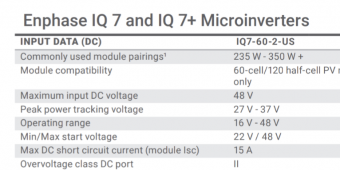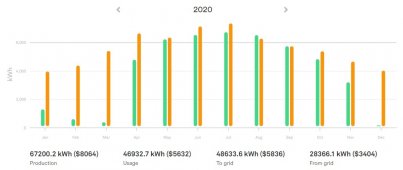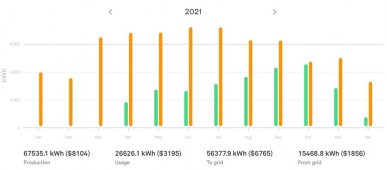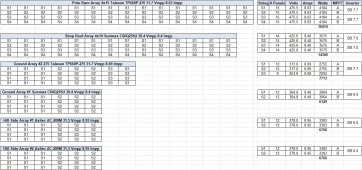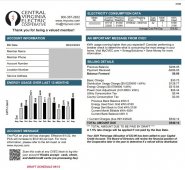kundip
Micro Inverter Enthusiast
My thoughts. Unless you have limited space:Sounds great, look forward to it. If ur thinking about single pole mounts, would it take too much engineering to make them tracking types?, with maybe a couple of electric actuators or a heavy threaded type rod to make them automatically track the sun, or even a cable/chain arrangement that attaches to each side of the panel array & does a few loops around a motor spindle 45-75 degrees down the pole from panel array for tilting array, or a combination of both methods for true tracking. You would need a fairly beefy type of swivel attachment for full tracking, or perhaps just a decent bush or bearing arrangement for basic left to right tracking Like a see-saw type system. I dont know if you would consider the extra work & engineering worth the gain in ur situation, but it would make for a great review of ur systems capabilities. Look forward to ur updates. Cheers
If you want to put in tracking systems it is cheaper to put in more panels.
If you want to pay someone to wash the panels it is cheaper to put up more panels.
If you want to put in optimizers after the original install it is cheaper to put in more panels.
If you want to change to more efficient devices it is cheaper to put in more panels....I could go on.
I figure any fiddling with existing, working, systems will cause breakeages or damage to roof etc.
I use Micro Inverters but I put the Inverters in an accessible place where I can change out inverters on the ground.
They are Enphase & Sunny Boy ...so far none have failed.
This won the prize on hackaday 2023 https://hackaday.com/blog/?s=Solar+track Maybe you could make a hybrid of that.
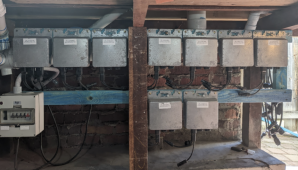
Last edited:



